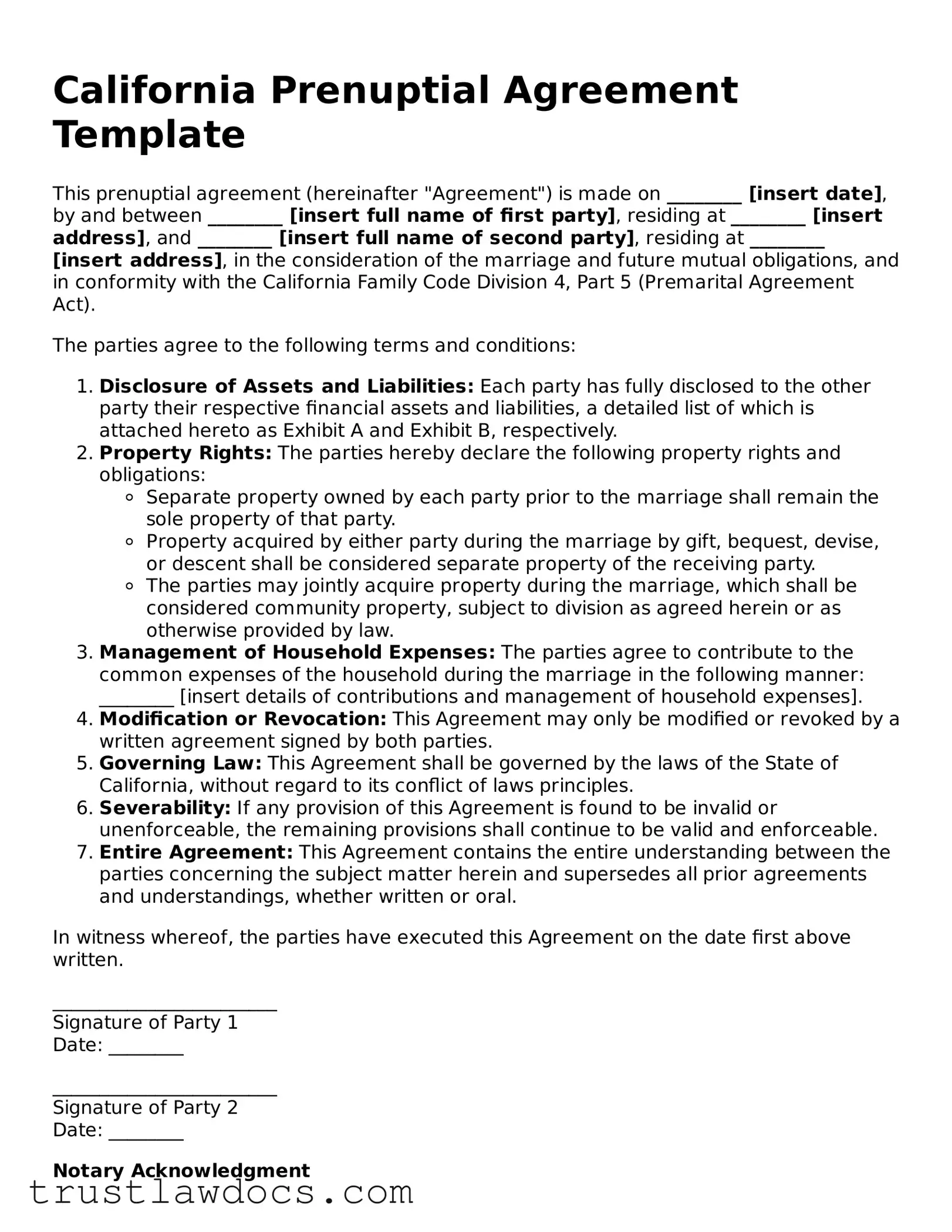When couples decide to tie the knot, many opt for a prenuptial agreement in California. This legal document can help protect individual assets, clarify financial rights, and avoid potential conflicts if the marriage doesn't work out. However, errors can creep in during its preparation. One common mistake is not providing a full disclosure of assets and debts. Being transparent about finances is crucial. If one party hides or understates their financial situation, it could lead to the agreement being invalidated in court.
Another issue arises with the inclusion of invalid provisions. Some individuals might attempt to include terms about child support, custody, or visitation, not realizing these matters cannot be predetermined in a prenup and are decided by the court based on the child's best interest at the time of separation or divorce. This oversight can cause parts of the agreement to be disregarded by a judge.
A third point of contention is the lack of independent legal advice. It's essential for each party to have their own attorney review the agreement. This ensures that both individuals fully understand their rights and the implications of the agreement. When couples overlook this, one party may later claim they didn't understand the agreement, potentially leading to disputes.
Additionally, many couples rush the prenuptial agreement process, not allowing enough time for consideration and negotiation. This haste can result in one party feeling pressured to sign, which could be grounds for the agreement being challenged and possibly voided. It's generally advised to finalize the agreement well before the wedding date.
An error often encountered is failing to follow state-specific legal requirements. California has particular rules about how a prenup must be executed to be considered valid. For example, the agreement must be in writing and signed by both parties. Ignoring these specifics can render the agreement unenforceable.
Moreover, some believe that once the prenup is signed, it cannot be changed or revoked. However, modifications are possible if both parties agree. Not keeping the prenup updated to reflect changes in financial situations or personal wishes can lead to issues down the line.
Another area where errors occur is in setting unrealistic or unfair terms. If the agreement heavily favors one party, it might be seen as unconscionable and could be invalidated by a court. Ensuring fairness and reasonableness in the terms is key to upholding the agreement's validity.
Overlooking the need for precision and clarity in drafting the document is yet another mistake. Ambiguities or vague language can lead to interpretations that were not intended by either party. It's crucial to be precise and clear about each term within the agreement to avoid future disputes.
Some couples also mistakenly believe a prenup is only for the wealthy. This misconception can lead to not considering the future implications of shared debts or the distribution of assets acquired during the marriage, regardless of one's financial status at the time of marriage.
Last but not least, neglecting to update or revisit the agreement as circumstances change is a common oversight. Life events such as the birth of children, significant career changes, or acquiring substantial assets or debts mean the agreement should be reviewed and possibly amended to reflect these changes.
In conclusion, careful consideration, full transparency, precise drafting, and legal guidance are essential when creating a prenuptial agreement in California. Avoiding these common mistakes can help ensure the agreement serves its intended purpose and is enforceable in the eyes of the law.
